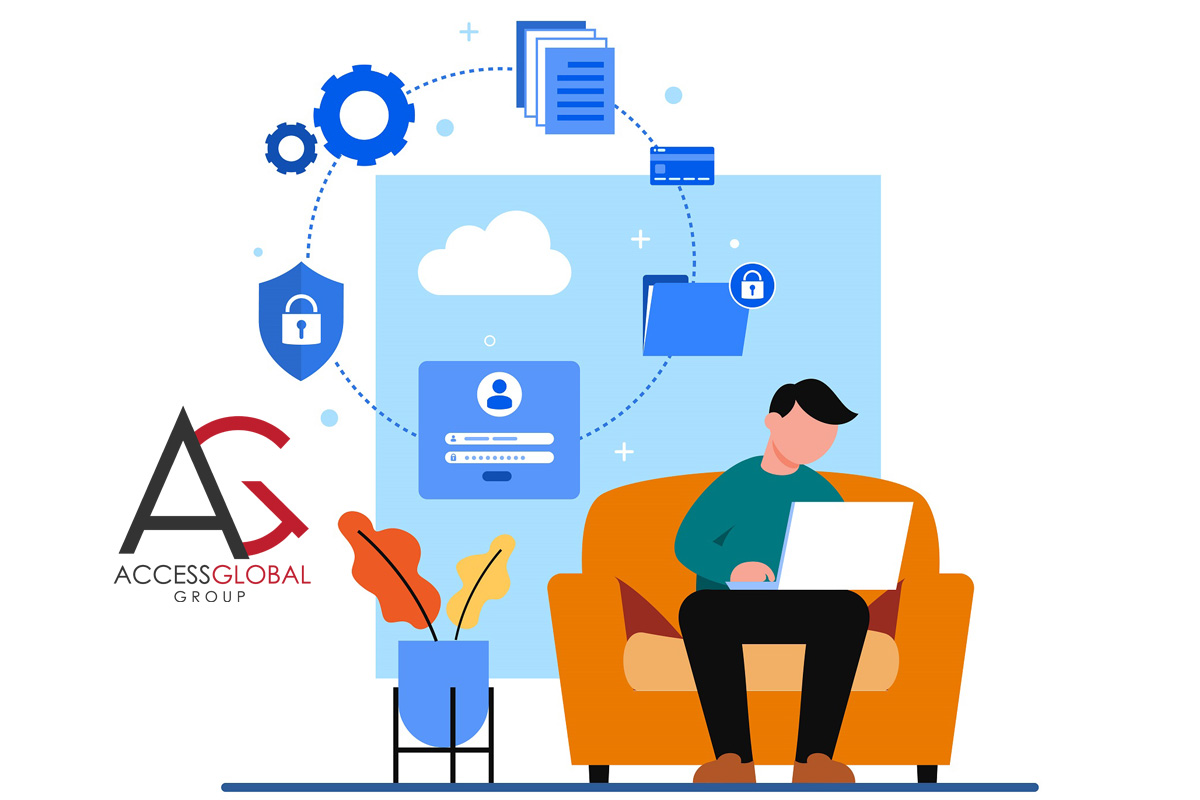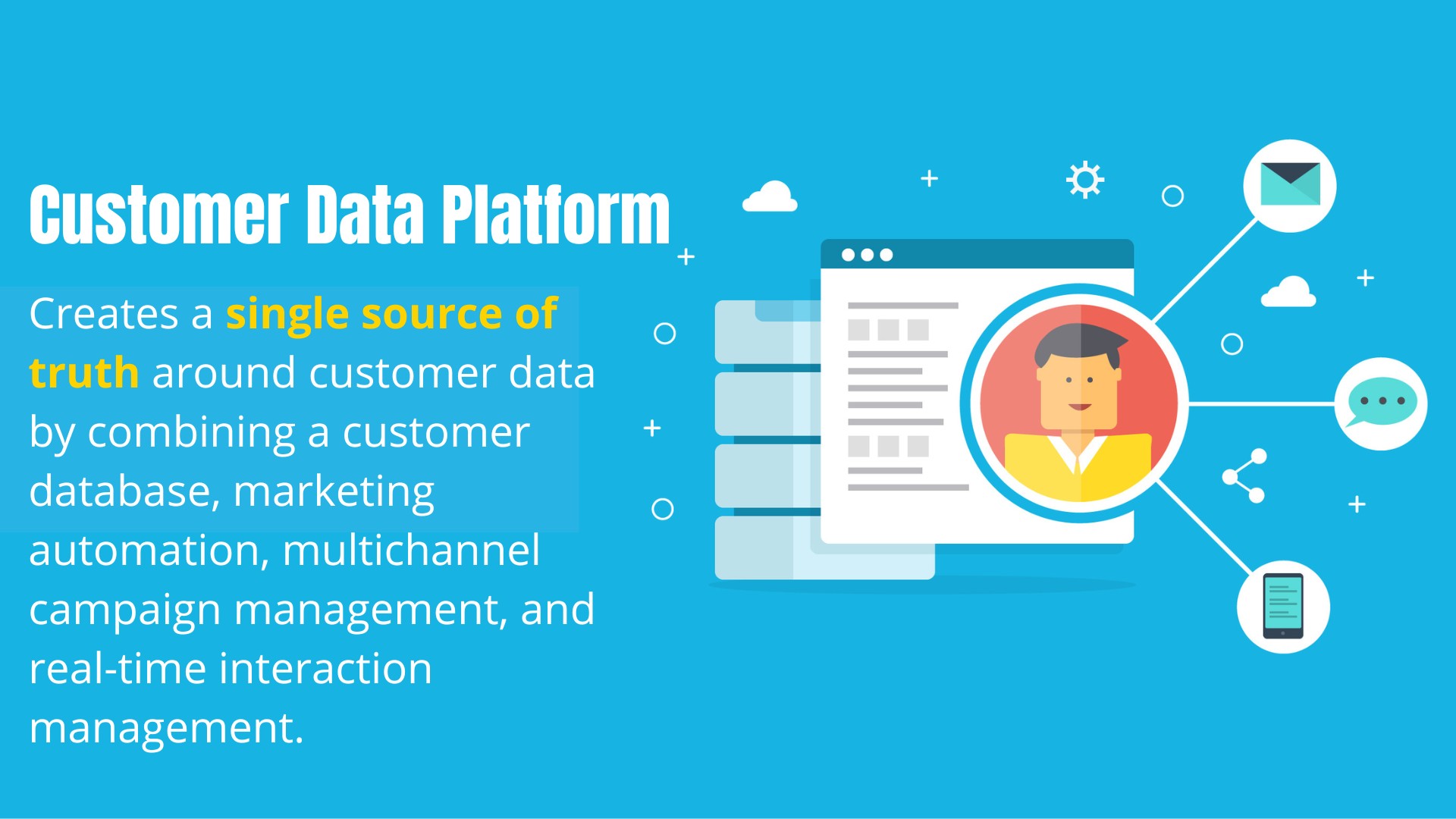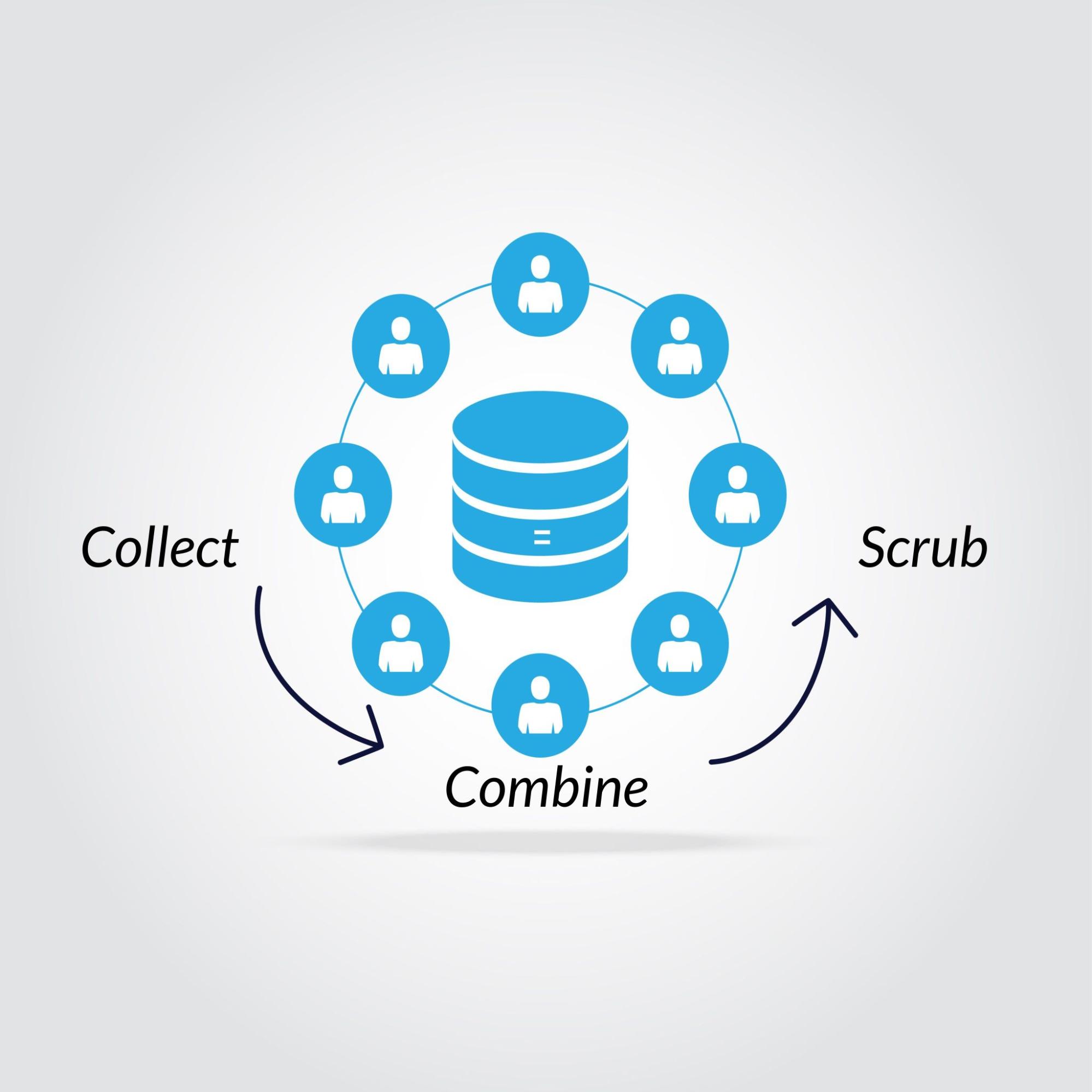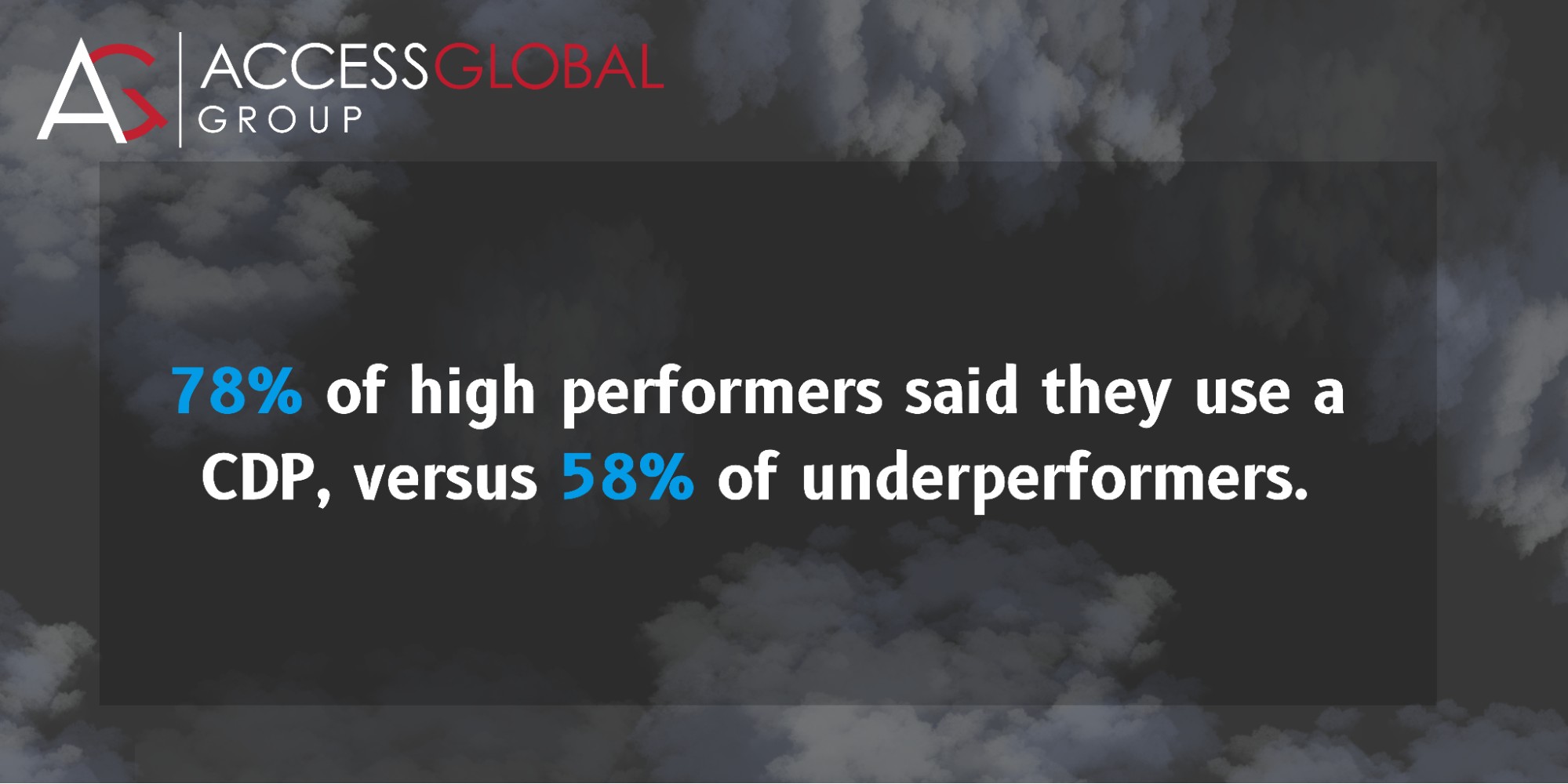What is Salesforce’s Customer Data Platform?
 Jenna Trott
Jenna Trott
5 min read | August 11, 2022


What is Salesforce CDP?
In essence, a Customer Data Platform is a purpose-built database to assist professionals with all of their marketing needs. This is done by combining a customer database, marketing automation, multichannel campaign management, and real-time interaction management to create a single and complete source of truth around customer data.

How does it work?
Salesforce CDP works by helping marketers and businesses combine customer data from different sources into one place to provide a more comprehensive view of your customer’s wants and needs. By capturing first-party customer data like demographics, history, transactions and shopping behaviors from both online and offline data sources (like Sales, Service or Marketing Cloud), the Salesforce CDP builds a complete customer profile. First, data is pulled from varying sources, then CDP identifies where the data is coming from and how it should be combined and unified so that it becomes actionable. Next, the CDP scrubs and converts data via a user interface or with code to uncover more precise audiences to market to, upsell or cross-sell.

How is CDP different from a CRM?
While it may seem like a Customer Data Platform (CDP) and a Customer Relationship Management (CRM) system are similar, they couldn’t be more different. CRMs, such as Sales Cloud, Service Cloud or Marketing Cloud are strictly for managing customers and nurturing relationships throughout the sales or service process. Conversely, a CDP pulls data from a CRM as its key data source and is strictly for marketing purposes. It enables marketers to see the entire catalog of data each customer shares, to track the entire customer journey and generate actionable insights based on the data provided.

Is a CDP really necessary?
As technology continues to rapidly evolve, customer expectations evolve alongside it. In a world where Amazon recommends additional products we’ll like and Netflix predicts our next binge-worthy show with stunning accuracy, the everyday customer expects a lot more from the companies they do business with. These days, 56% of customers expect offers to always be personalized and 86% of consumers said the experience a company provides is as important as its products and services, if not more.
Picture this, you work for a prominent phone company and one of your customers was recently browsing for the latest cellphones on your site. This would be the perfect opportunity to send them a targeted ad for a new promotional opportunity your company is having where every customer that updates to data plan “C” gets a brand new phone 50% off – instead, marketing sends them an ad for a wireless charger they purchased last week. This was a huge missed opportunity and can even cause the customer to question their loyalty to said company. That’s where having a CDP would have been crucial. It acts as the glue that combines data in a meaningful way for companies, enabling them to offer hyper-personalized experiences and generate a more seamless customer journey.

What are the benefits of using a CDP?
The benefits to using a CDP are vast, especially when paralleled against those who do not use one. In the latest State of Marketing report, 78% of high performers said they use a CDP, versus 58% of underperformers. In addition to pulling and unifying data from multiple sources to create a single source of truth, Customer Data Platforms offer these key benefits as well:

Personalization
Customers crave customization. And those who see content curated to their specific interests and pain points are five times more likely to engage with a brand. If a customer is perusing the products on your site – then leaves – this is not an anomaly. In fact, nearly 70% of shoppers end up abandoning their cart. Having a CDP would pull specific data from that customer’s visit to create a comprehensive profile, thereby allowing you to follow up with more personalized offers via their favorite channels.

Suppression
Perhaps one of the most important things a CDP can do for marketers is what they don’t do. For example, not targeting certain audiences for marketing campaigns. This is called suppression, and it serves as a significant part of truly personalized customer journeys.
For example, let’s imagine another customer from the same phone company mentioned earlier. They’ve recently purchased the most recent cellphone model but are continuing to see ads for the phone they bought. Having a CDP would allow marketers to suppress ads to customers who’ve already made that new phone purchase. Similarly, if your company was sending out a customer satisfaction survey via email, you would not want to send it to a customer who recently had an extremely unpleasant experience with your business.

Insights
In order to market better, your team must have access to better customer insights, which is exactly what a Customer Data Platform provides. The ability to unify critical customer information to provide actionable insights could mean the difference between a $20.00 sale and a $10,000 a year sale.
For example: consider a fitness retailer who has a customer’s marketing interactions, their purchase history as well as the data on products they view most frequently on your site and makes this information accessible to a sales rep. The sales rep can see that this customer purchases $250 running sneakers and $100 supportive inserts for those shoes on a yearly basis. Intelligent data analytics tells this rep the right product recommendations for this customer and can make more relevant and personalized offers on the spot, helping to not only increase sales but customer loyalty as well.

That’s a wrap on Customer Data Platforms (CDP)!
Click here to start selling more intelligently today.
Get the latest Salesforce news
Subscribe to get the latest Salesforce blogs, guides, industry reports, events, and all things Salesforce related!
FREE Salesforce Assessment!
To demonstrate confidence in our ability as Salesforce Partners, we’re offering you the a FREE Salesforce Organizational Assessment.
Schedule Today!
Salesforce
PLATINUM
PARTNER
Salesforce
APPEXCHANGE
G2
USER REVIEWS
